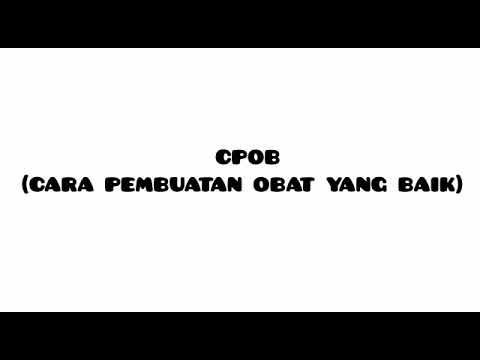FITOFARMAKA - Uji Persyaratan Mutu (part 1)
Summary
TLDRThe discussion focuses on the quality testing requirements for traditional medicine in Indonesia, guided by BPOM regulation No. 32 of 2019. It breaks down into four groups addressing key definitions, quality parameters, permissible additives, and specific testing criteria. Definitions include 'jamu' and 'fitofarmaka', which signify different levels of traditional medicine. Key quality metrics discussed encompass organoleptic properties, microbial limits, and heavy metal contamination. The session emphasizes the necessity of scientific validation for safety and efficacy, outlining the framework for ensuring that traditional medicines meet established health standards.
Takeaways
- 😀 The discussion focuses on the quality testing requirements for traditional medicine in Indonesia, specifically referencing BPOM Regulation No. 32 of 2019.
- 📚 Definitions of traditional medicine include 'jamu', 'obat herbal terstandar', and 'fitofarmaka', each with distinct characteristics and regulatory standards.
- 🔍 Quality testing parameters are essential for ensuring the safety and efficacy of traditional medicine products.
- 🌿 Organoleptic tests assess the appearance, taste, odor, and color of herbal medicines.
- 🦠 Microbial contamination limits must be adhered to, including specific standards for total plate count and pathogens like Salmonella.
- ⚠️ There are strict limits for aflatoxins and heavy metals to ensure product safety.
- ⚖️ Uniformity of weight in packaging is critical, with specific standards outlined for capsules and tablets.
- ⏱️ Disintegration time for capsules and tablets must meet defined maximum durations to ensure proper dissolution in the body.
- 🍶 The allowable alcohol content in liquid traditional medicines should not exceed 1%.
- 🧪 Certain additives, including preservatives, sweeteners, and antioxidants, are permitted in traditional medicine formulations under BPOM regulations.
Q & A
What is the main focus of the presentation?
-The main focus of the presentation is the quality testing of traditional medicine in Indonesia, guided by BPOM regulation No. 32 of 2019.
What are the four main groups of questions discussed in the presentation?
-The four main groups cover definitions, products requiring quality testing, safety requirements for raw materials, and permissible additives in traditional medicine.
How is 'Jamu' defined in the context of traditional medicine?
-'Jamu' is defined as traditional herbal medicine made in Indonesia, recognized for its historical use and licensing requirements.
What distinguishes 'Fitofarmaka' from other types of traditional medicine?
-'Fitofarmaka' is distinguished by its scientific validation of safety and efficacy through preclinical and clinical trials, making it the highest tier of traditional medicine.
What are some examples of products included under 'Obat Herbal Terstandar'?
-Examples of standardized herbal medicines include licensed herbal products like Bodrex herbal, which are proven for their safety and efficacy.
What are the key parameters for quality testing traditional medicines?
-Key parameters include organoleptic evaluation, moisture content, microbial contaminants, aflatoxins, heavy metals, weight uniformity, disintegration time, volume transfer, alcohol content, and pH levels.
What is the acceptable moisture content for traditional medicines?
-The acceptable moisture content for traditional medicines should not exceed 10% to prevent microbial growth.
What limits are set for heavy metal contaminants in traditional medicine?
-Limits for heavy metals include lead below 10 mg/kg, cadmium below 0.3 mg/kg, and mercury below 0.5 mg/kg.
What types of additives are allowed in the production of traditional medicine?
-Allowed additives include preservatives, sweeteners, colorants, antioxidants, and other substances such as emulsifiers and fillers as specified by the regulation.
How is alcohol content regulated in liquid forms of traditional medicine?
-The alcohol content in liquid preparations of traditional medicine should not exceed 1%.
Outlines

Cette section est réservée aux utilisateurs payants. Améliorez votre compte pour accéder à cette section.
Améliorer maintenantMindmap

Cette section est réservée aux utilisateurs payants. Améliorez votre compte pour accéder à cette section.
Améliorer maintenantKeywords

Cette section est réservée aux utilisateurs payants. Améliorez votre compte pour accéder à cette section.
Améliorer maintenantHighlights

Cette section est réservée aux utilisateurs payants. Améliorez votre compte pour accéder à cette section.
Améliorer maintenantTranscripts

Cette section est réservée aux utilisateurs payants. Améliorez votre compte pour accéder à cette section.
Améliorer maintenantVoir Plus de Vidéos Connexes
5.0 / 5 (0 votes)






